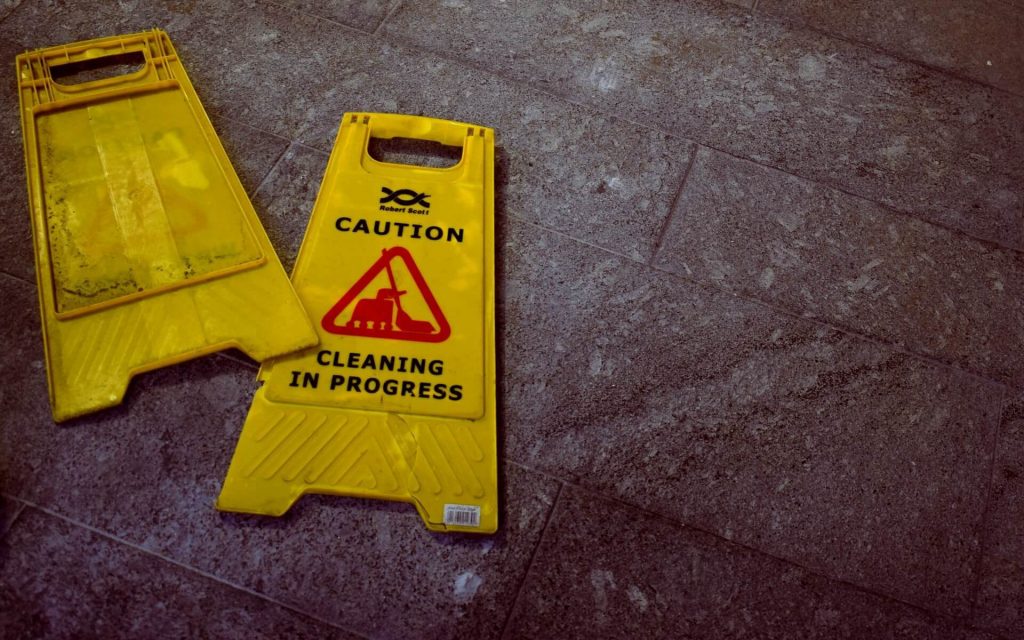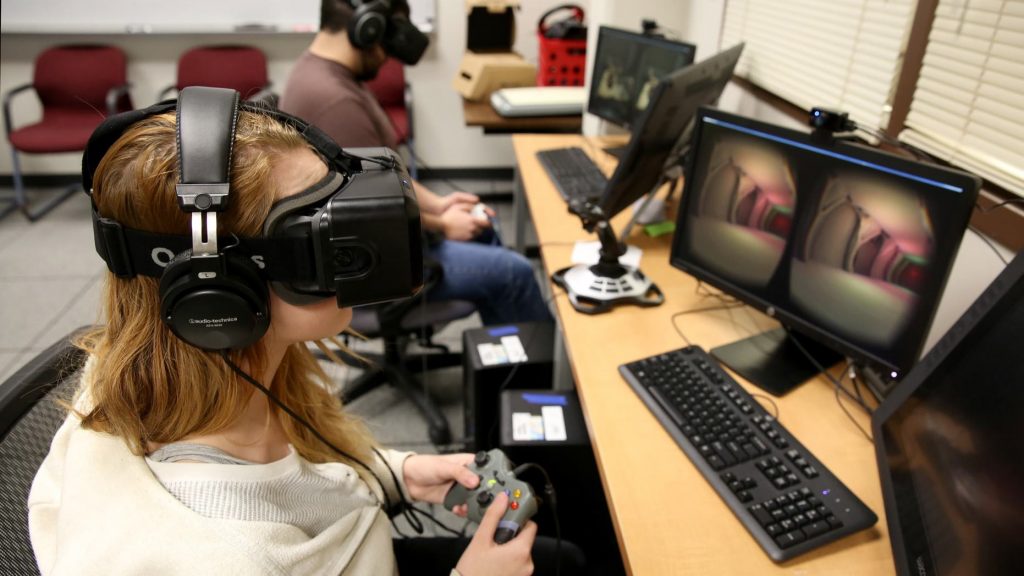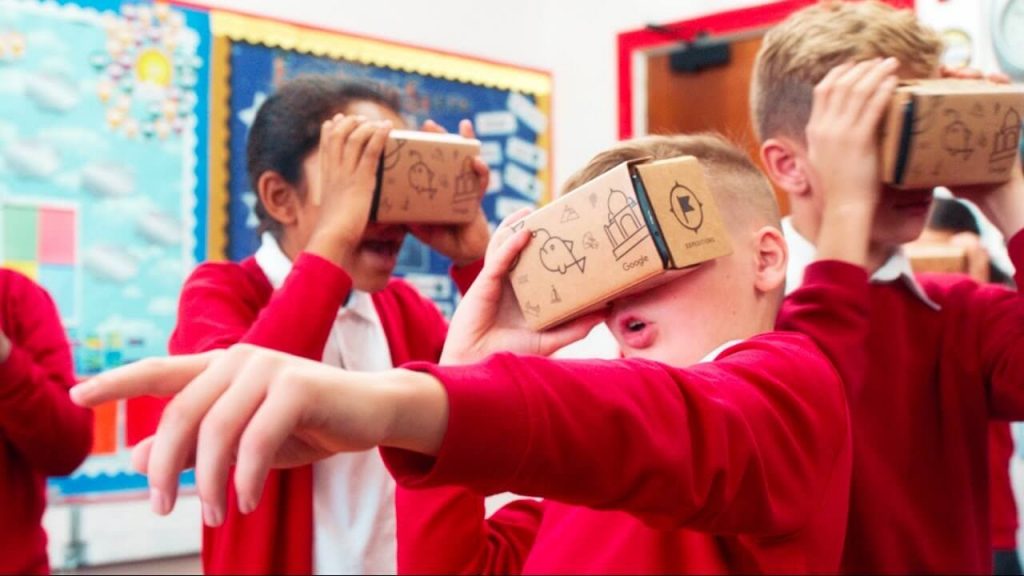For many years, compliance training has been looked on as a boring, disengaging, and time-consuming educational practice in companies. Indeed, familiarizing with laws, regulations, and company policies in a classroom environment sounds anything but exciting to the employees. Already implemented in several other learning areas, VR is getting its fair share in the area of compliance training as well. Some also claim it is the future of compliance training. Adding interactiveness and fun into the compliance learning process, the organizations can expect a turnaround as the employees will start loving the immersiveness and knowledge retention VR provides.

Prior compliance training with VR
Before the emergence of VR, trainers tried to choose the most effective out of a few training methods. Trainings were mostly done traditionally, in a classroom or through online web courses. They were based on coursebooks or other guiding materials. However, these methods would not prepare employees for highly stressful or complex situations. A costly alternative was in live training.
The struggle lied in choosing between money and effectiveness. Would you rather choose an inexpensive, but ineffective method or spend more money to gain on the effectiveness with live training?
Compliance training with VR
Compliance training is only one of the 9 areas of VR applications in e-learning, next to the training in soft skills, sales, products, hazardous situations, critical skills, on the job training, employee onboarding, and others. With VR, the once boring compliance training instantly becomes efficient and fun. But what are the factors that make VR a super cool tool?
VR increases safety
Safety is the number one concern in compliance training. Learners should be introduced to a working environment that complies with safety laws, regulations and policies. The VR provides an opportunity to practice safe processes or decisions before encountering them in real life. VR’s ability to help learners retain more knowledge than any other learning tool increases awareness of what safety means in the workplace. If the employees learn about safety in a safe environment of VR, they’ll be able to transfer the knowledge faster and improve their real-life actions, limiting the probability of human errors.
VR increases engagement
Experiential learning increases engagement. Learners are engaged in realistic scenarios that they would most likely encounter outside the VR experience. In real-life, employees will need to use the high order thinking skills, but also apply the gained knowledge in a creative way and make connections between different skills to solve a problem.
Employees are required to remember tons of information on the company and its rules. Retention and recall of information are essential at all times, as this ensures safety for them, their team members, and also their customers. This is where the VR steps in. Active engagement through VR scenarios increases the ability to remember, recall essential information, and ensure safety.




